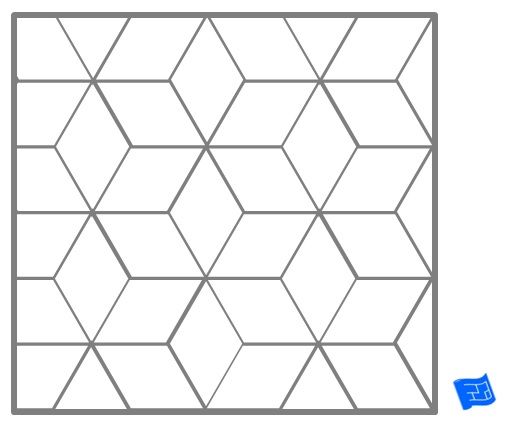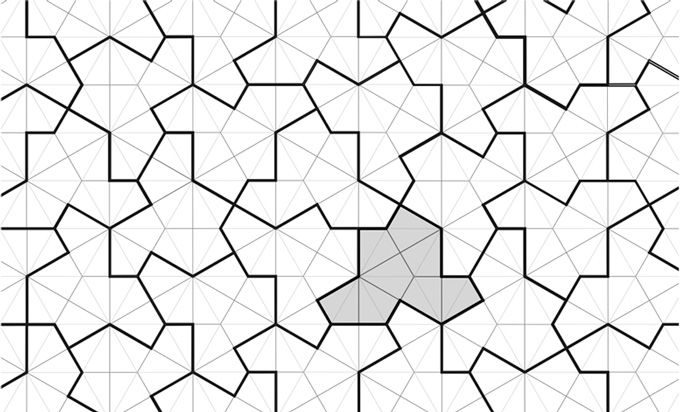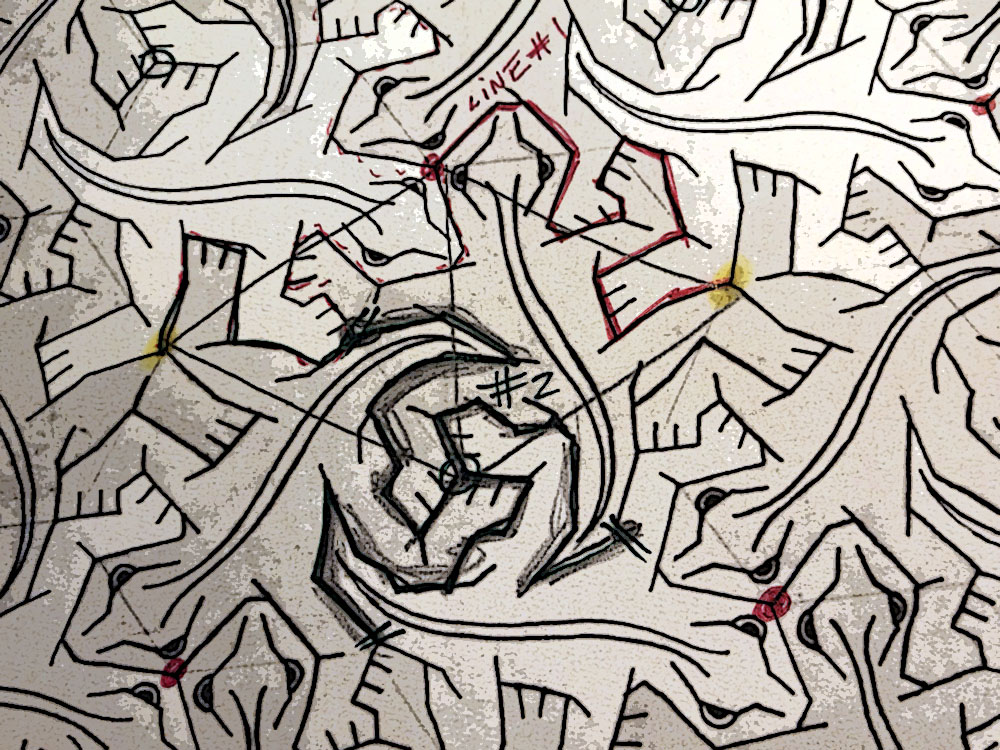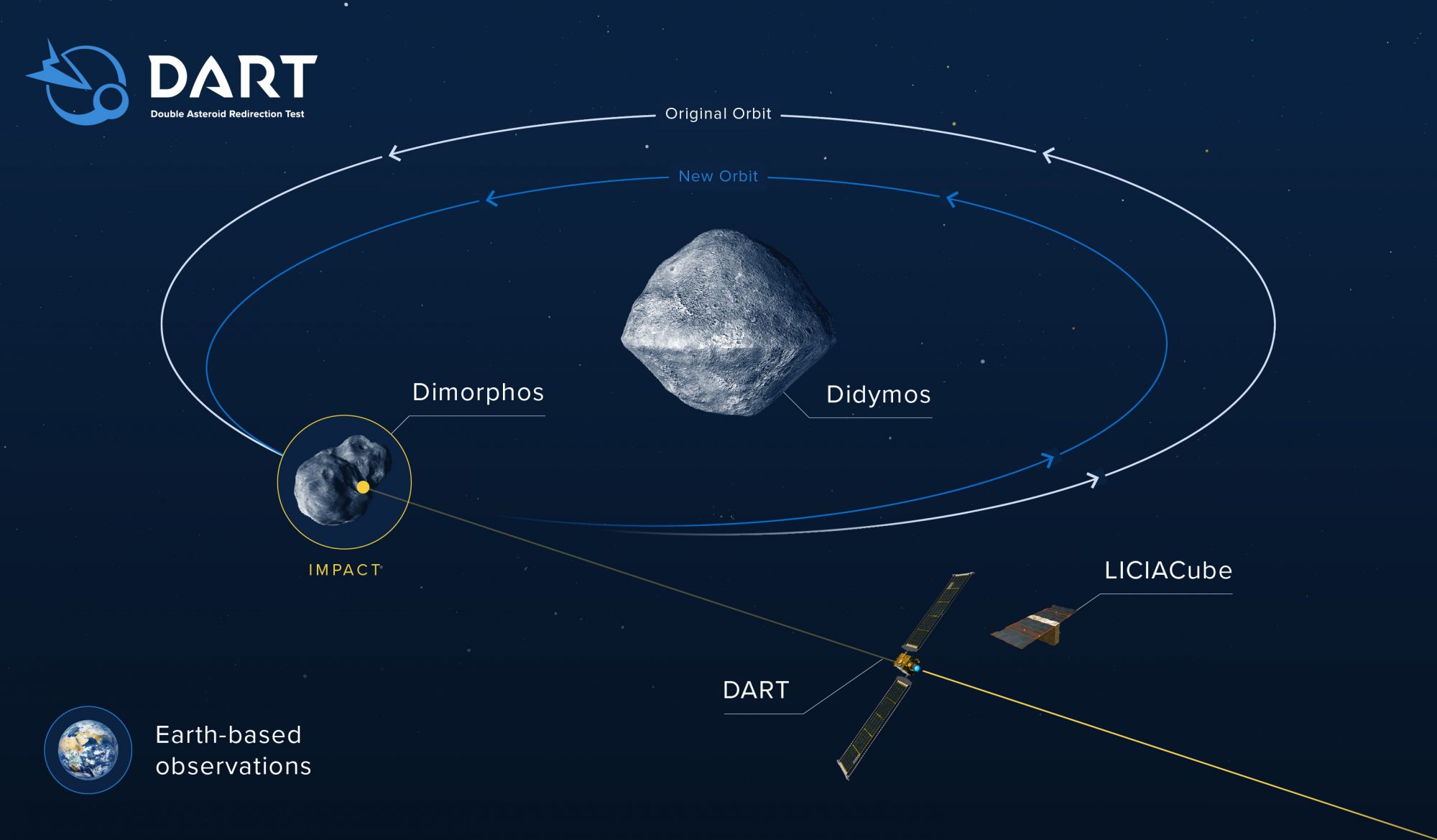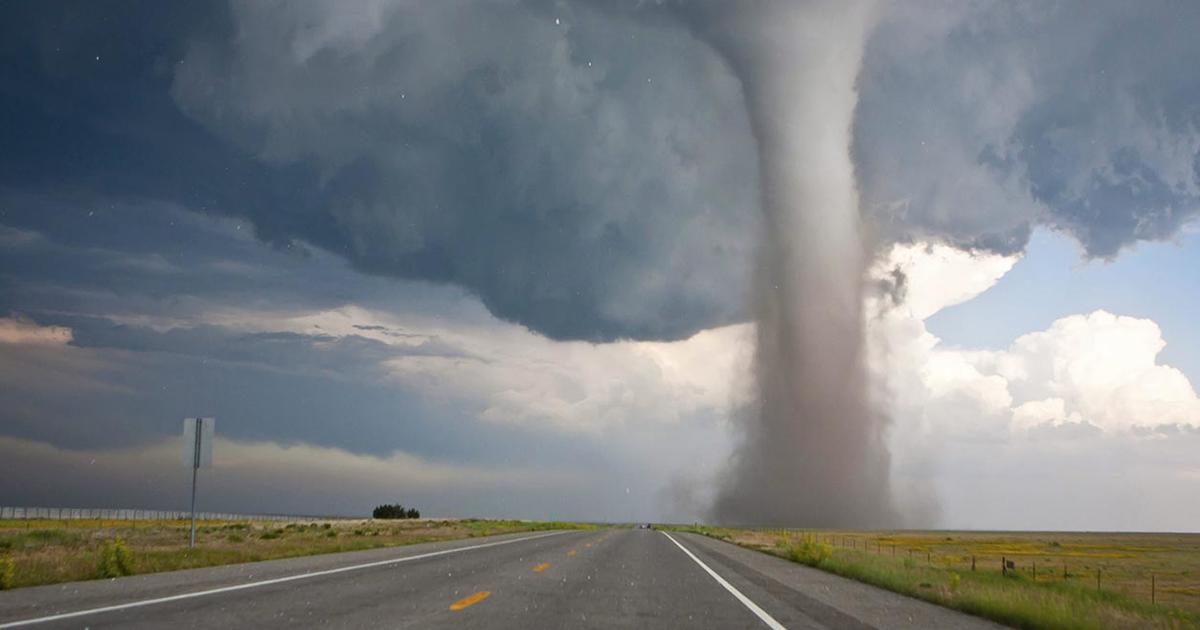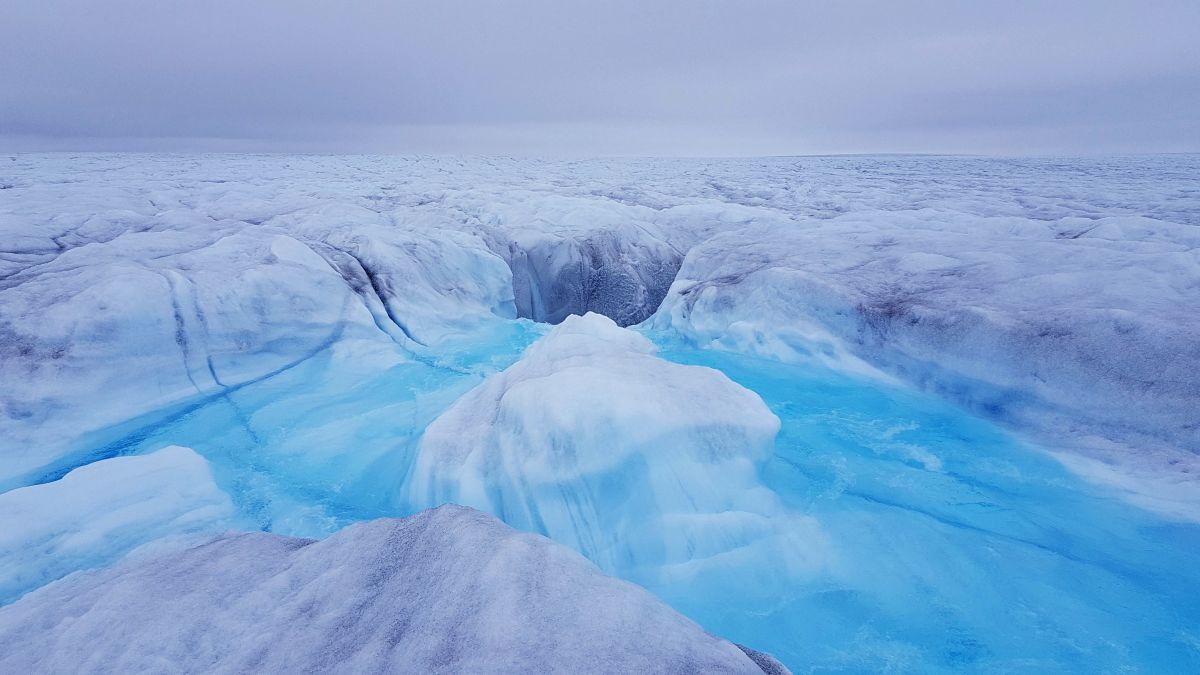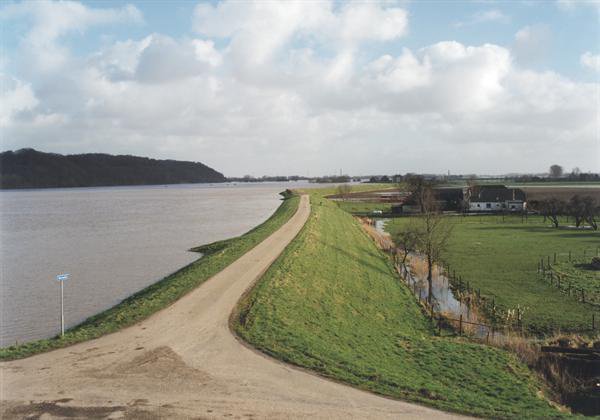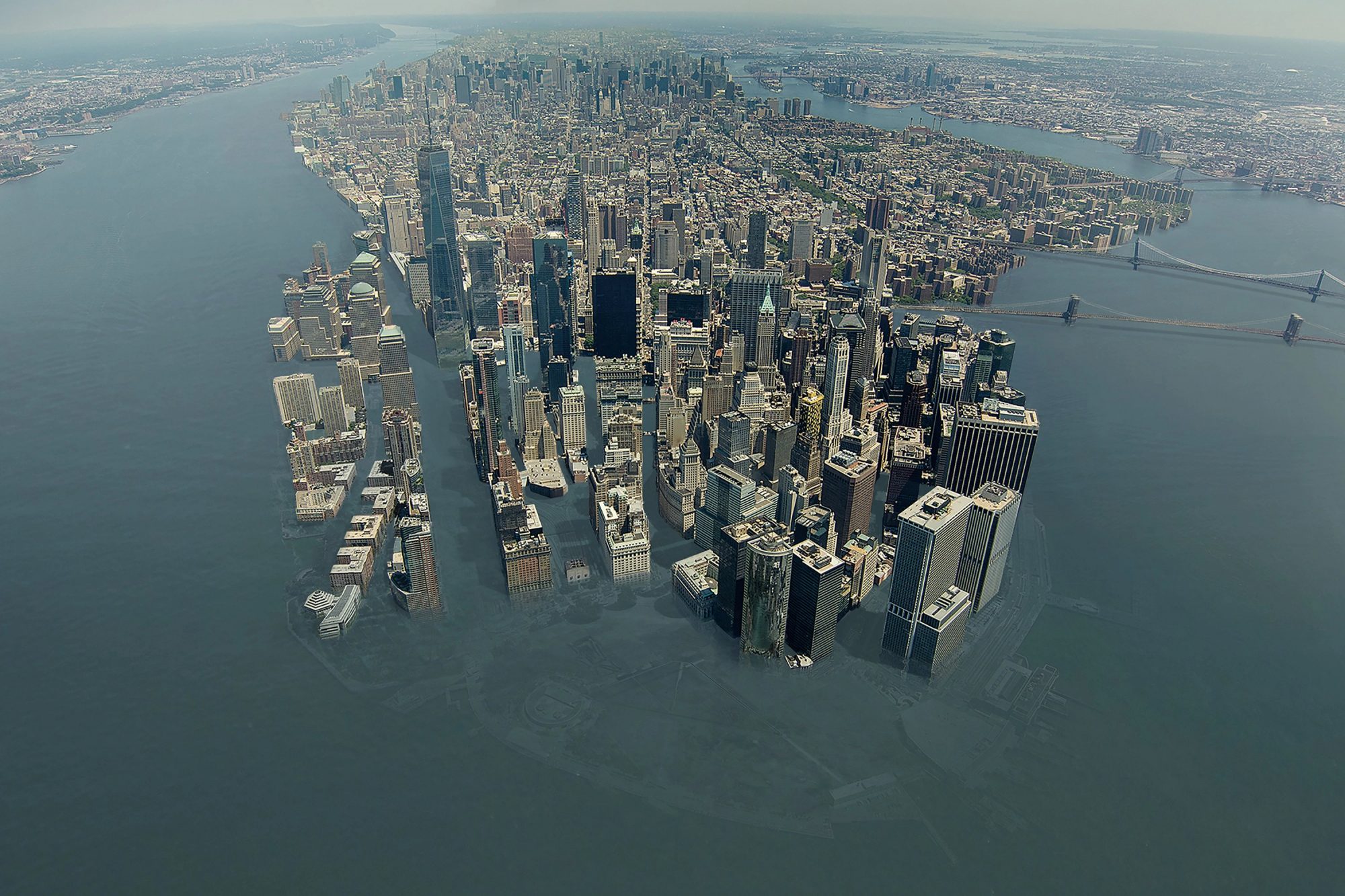As the movie ‘Chevalier’ begins we are attending a musical performance in late 18th century France. A small orchestra, by today’s standards, is on stage while front and center a young man is playing a solo violin while also conducting. As the concerto ends the young man introduces himself as Wolfgang Amadeus Mozart and asks if anyone in the audience has a request, something that never happens at a concert today.

A voice from the back asks if he could accompany Mozart. When the famous composer agrees a young black man, dressed as a French Nobleman steps on stage. Mozart is rather surprised, “Is this a jest’, “Who put you up to this?” he asks. Willing to go along with what he thinks is a joke Mozart being to play a cadenza, the black man quickly follows suit and the two violinists are soon deep in a musical duel. After a few minutes Mozart realizes that his opponent is a little bit better than he is, Mozart was really a pianist after all, so he turns to one of the orchestra members and asks, “Who the f%*k is that?”

So we are introduced to Joseph Bologne, the Chevalier de Saint-Georges, wonderfully played by actor Kelvin Harrison jr. Once regarded as the most accomplished man in all of Europe in the movie we learn that Joseph is the son of a wealthy plantation owner in the French colony Guadeloupe named Georges Bologne and one of his black slave girls named Nanon, played by actress Ronke Adekoluejo. At the age of seven Georges returns to France to enroll his half-black bastard son in a musical academy, the boy is exceptionally good with the violin. Before leaving Georges gives his son one last piece of advice, “Be exceptional, they can’t stop you if you’re exceptional!” Joseph never sees his father again.

Joseph does become exceptional. In addition to his musical ability Joseph becomes the most celebrated swordsman in France, the film shows his famous bout against fencing master Alexandre Picard. This ability with the sword earns him the title Chevalier de Saint-Georges from Queen Marie Antoinette, actress Lucy Boynton. Joseph’s main ambition is to become the Director of the Paris Opera and his chief romantic desire is the Marquise Marie-Josephine de Montalembert, a married woman, played by actress Samara Weaving.

Both goals come to naught because of course Joseph is a black man and, as his mother puts it, “Just a tourist in their world.” In response to his rejection by French nobility Joseph joins with the revolutionary elements in Paris and helps to bring down the ancient regime.

The story of the Chevalier de Saint-Georges is an important one, one that needs to be told. His music is only now being rediscovered; I recently bought two CDs of his concertos and symphonies. Joseph was also a statesman and soldier, he served his country, he was a French citizen, both as a Chevalier and after the revolution he helped form the first all-black regiment in the French army. Nevertheless he was black and we all know how even today systematic racism conspires to keep blacks, however exceptional, in their places. The ‘Chevalier’ is an attempt to reestablish the reputation of a man who really was exceptional.

The music in ‘Chevalier’, as performed by the London Contemporary Orchestra is excellent, as are the costumes. Also the movie was filmed in the city of Prague, the same location as the movie ‘Amadeus’. All of which make ‘Chevalier’ enjoyable as well as important.

Unfortunately, as all too often happens in Hollywood, ‘Chevalier’ tends to prefer tired clichés over historical accuracy. In fact Joseph was originally enrolled in a fencing academy not a musical one. The romance with the Marquise Marie-Josephine is only a salacious rumour and had nothing to do with Joseph’s losing his bid for the Paris Opera. Also the friendship between Joseph and the French Queen is greatly overblown.

Perhaps more importantly is the relationship between Joseph and his father. Georges Bologne did not just abandon his son at school but actually asked his brother Joseph to look in on the boy from time to time. Then, just two years later Georges returned to France with Joseph’s mother Nanon. The three lived together in Paris for nine years before Georges returned to Guadeloupe to attend to his possessions there. Georges did apparently care for both his son and his mistress, although at that time the relationship must have been extremely complicated. In a better world Joseph and his parents may have been just a normal happy family.

I’d like to add another criticism, after the movie’s first scene Mozart disappears from the film and several people I know who saw the movie came away thinking that Mozart hated Joseph. Nothing could be farther from the truth, Mozart greatly admired the Chevalier and if fact Joseph conducted the world premiers of about a half a dozen Mozart symphonies, and the French premiers of many more. Mozart and Joseph had another thing in common as well, they were both Masons.
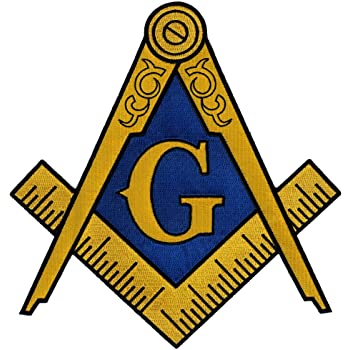
The glossing over of such facts is a great shame because the story of ‘Chevalier’ is too important a lesson for us today to allow it to be obscured by Hollywood clichés. So I still highly recommend that you go see ‘Chevalier’ so that you can be introduced to someone who is really worth knowing. The world needs more people like Joseph Bologne regardless of their colour, sex, nationality or whatever characteristic we use in order to hate each other.



